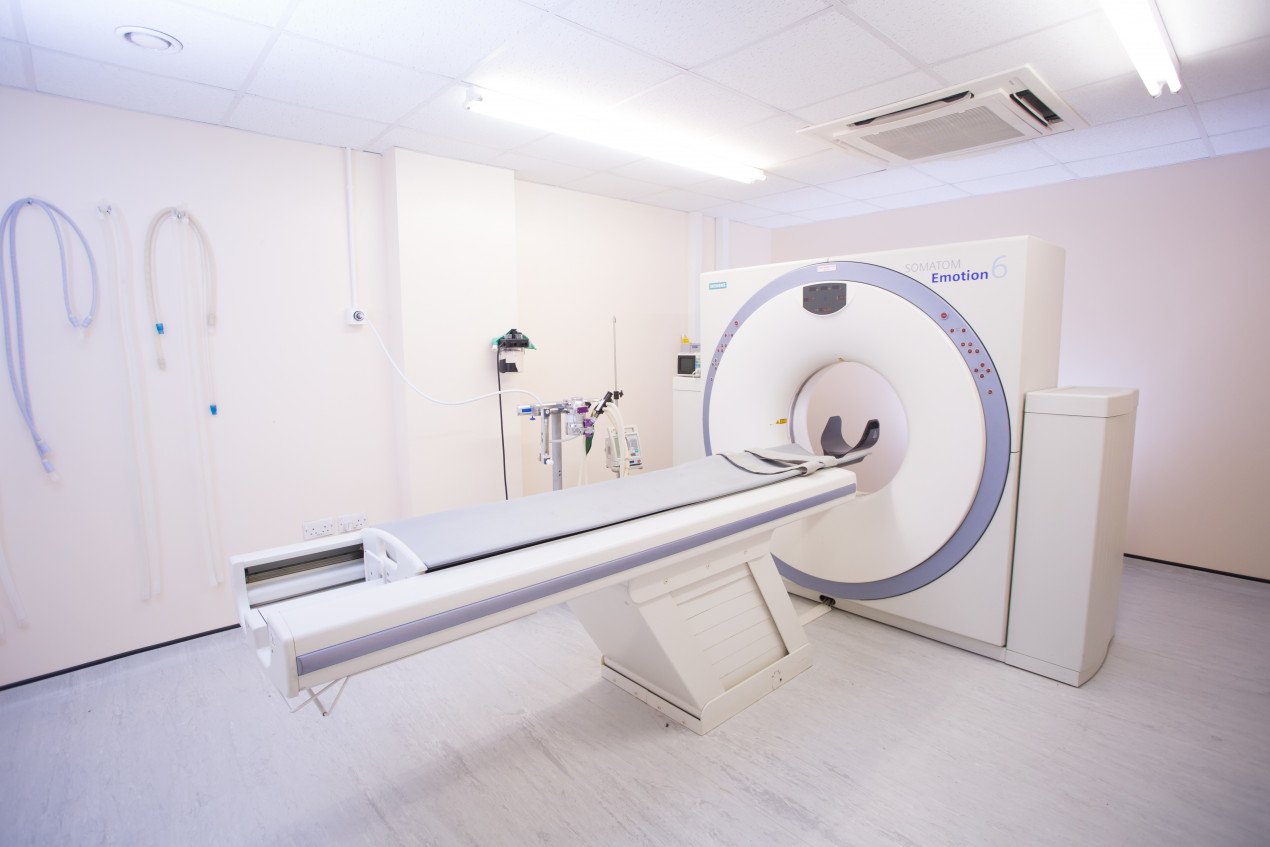
Chemotherapy in practice: principles, indications and outcomes
Cancer is the leading cause of disease-related death in dogs and cats. Having seen the advances in the treatment of human cancer and the increased human-animal bond, owners are becoming more aware of the options available and seeking information about new treatments for their pets with cancer. Thus, it is important that veterinary surgeons are well-informed of the current options available for treating cancer in both dogs and cats so they can approach the pet with cancer in a positive, compassionate and knowledgeable manner.
Decision making in oncology
Reaching an accurate diagnosis by a properly timed, performed and interpreted biopsy is a crucial step in the management of cancer patients; in fact different cancers have different biological behaviours, prognosis and treatment requirements. But, there are other important factors to consider in order to decide on the appropriate standard of care.
- What is best for that tumour? What are the available options and is there something new? Veterinary oncology is a quickly developing field where new drugs and protocols are frequently becoming available to achieve a cure or for palliative therapy.
- What is the best for that patient? How advanced is the disease (tumour stage) and is there any concurrent disease that may affect the treatment decision?
- What is the best for the healthcare team: the healthcare team is composed of yourself and the practice staff, available referral centres to support your activity and the pet’s family. Consider what you can offer in terms of expertise, facilities (such as health and safety of dealing with cytotoxic agents and ability to hospitalise), and the owners’expectations, emotions, and practical and financial possibilities. Lack of experience in the use of cytotoxic medications may negatively affect the patient’s outcome, quality of life, owner’s experience and health and safety requirements.
- Define your goal and plan ahead: are you going to pursue palliative treatment or try to achieve a cure? Above all, what are the options that help to maintain or improve the patient’s quality of life?

You might also be interested in:
Types of cancer treatments in veterinary oncology
Surgery, chemotherapy and radiotherapy constitute the most frequently used types of treatment available to veterinary cancer patients.
- Surgery plays an important role in the diagnosis, and is the main type of treatment for benign tumours or malignant tumours with a low metastatic potential when wide surgical margins can be achieved. It is important to realise if a mass cannot be adequately removed and take steps before the animal is on the table, because the first surgery has the best chance of a cure. In fact untreated tumours have near normal anatomy, which will help surgical planning. Recurrent tumours may have had seeding of previously non-involved tissue planes, requiring wider resection than would have been required in the initial tumour and that may not be possible during a second surgery.
- Chemotherapy is a systemic type of treatment used as the primary treatment in responsive systemic tumours (such as lymphoma) or for palliation of clinical signs if tumours are not amenable to local control by surgery or radiotherapy (such asmast cell tumours or nasal tumours). Chemotherapy may also be used as neoadjuvant treatment before surgery to try to shrink the primary tumour, thereby rendering local therapy (surgery or radiotherapy) less destructive or more effective (eg radiosensitizing agents).
- Adjuvant chemotherapy is used postoperatively when there is little evidence of cancer present (microscopic disease), but there is risk of recurrence (e.g. lymph node metastasis, incomplete margins or highly metastatic tumours such as haemangiosarcoma, osteosarcoma, anal sac adenocarcinoma, high grade mast cell tumours). Chemotherapy is given by mouth or intravenously, in boluses or slow infusion, at weekly to 4-weekly intervals for a variable amount of doses. While conventional chemotherapy is administered at the maximum tolerated dose at certain intervals of time to allow normal tissues to recovery, metronomic chemotherapy is given continuously at low dose to try to reach an antiangiogenic effect.
- Immunotherapy in the form of vaccines or immunostimulant molecules aim to stimulate the immune system to react and kill cancer cells (such ascanine melanoma vaccine, please see below).
- Palliative therapy is therapy aimed at maintaining or improving the pet’s quality of life by alleviating the clinical signs of the tumour and slowing tumour growth. Although prednisolone is used for sensitive tumours, patients may suffer from steroid side effects which could decrease their quality of life, so steroids should not be dispensed to patients with tumours which are not sensitive to this drug. COX-2 inhibitor NSAIDs may be preferred for some tumour types due to their analgesic, anti-inflammatory and potential antitumour and immunomodulatory effect, in association with opioids, gabapentin and adequate nutritional support.

